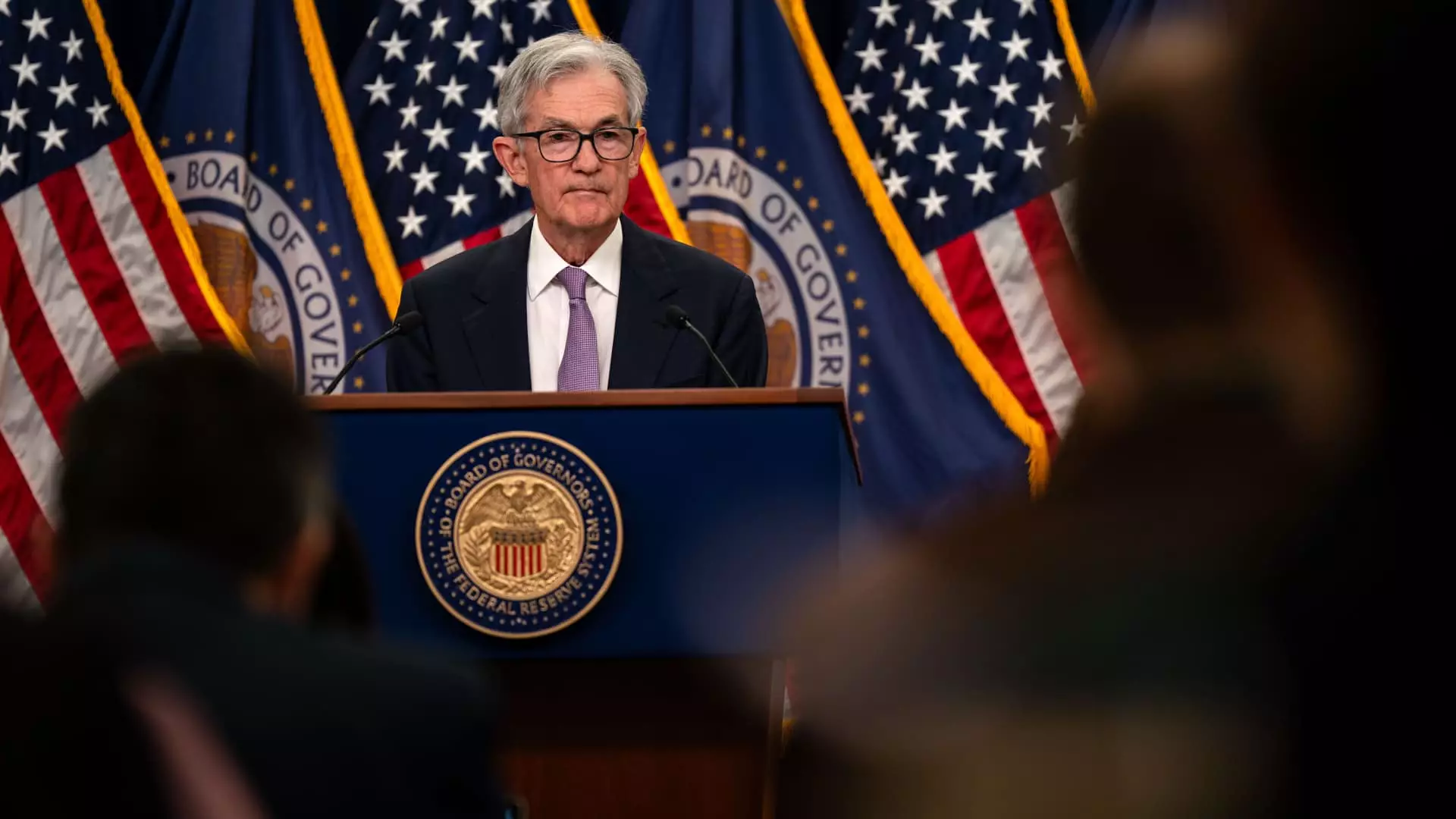The economic landscape of a nation is often gauged by its monetary policy, particularly the actions undertaken by the Federal Reserve (the Fed). At the heart of these discussions are interest rates, inflation targets, and government policies that interplay to shape economic forecasts. Recent minutes from the Federal Reserve’s December meeting have revealed an apprehensive tone among officials as they navigate the complexities introduced by President-elect Donald Trump’s impending policies. This article seeks to analyze the implications of the Fed’s cautious outlook concerning inflation and monetary policy adjustments, especially in light of the uncertainties surrounding prospective trade and immigration policies.
In the December meeting, the Federal Reserve officials expressed their hesitations regarding the acceleration of interest rate cuts largely due to the uncertainties surrounding Trump’s proposed economic policies. Although Trump was not directly identified in the meeting minutes, the emphasis on potential changes in trade and immigration policy underscores the anxiety among committee members about the dual challenges of inflation and economic growth.
Trump’s election victory opened a Pandora’s box of possible aggressive tariffs on key trading partners, notably China, Mexico, and Canada. These prospective measures are concerning for Fed officials as they forecast significant shifts in economic dynamics, impacting everything from consumer prices to trade balances. This level of unpredictability complicates the Fed’s ability to maintain a clear and consistent monetary policy, making its decisions increasingly dependent on evolving economic data rather than predetermined schedules.
As illustrated in the meeting minutes, the Federal Open Market Committee (FOMC) recognized heightened risks to inflation, influenced by stronger-than-anticipated inflation readings and the uncertainty around Trump’s financial strategies. Previous expectations had suggested aggressive cuts to benchmark rates, but conservative projections have pushed back the anticipated pace of such reductions significantly.
In an effort to manage inflation – which is currently above the Fed’s 2% target – the committee voted to establish a target range for the central bank’s benchmark borrowing rate at 4.25% to 4.5%. However, the outlook for future rate cuts has diminished from four to just two by 2025. This adjustment signals an evolution in the Fed’s approach, suggesting a strategic pivot toward a more gradual stance in light of unpredictable economic developments.
Multiple factors underscore the Federal Reserve’s keenness to adopt caution. Inflation continues to surpass the targeted rate, with core inflation reported at 2.4% in November, and an even higher rate of 2.8% when food and energy costs are included. These figures are far from the desired 2%, prompting Fed officials to caution against hasty decisions that may exacerbate inflationary pressures.
Moreover, other economic indicators, including consumer spending and the labor market’s stability, point to robust economic activities. Proponents of gradual policy altering argue that such a proactive stance is essential, noting that the economy has been performing above its trend, thus allowing the Fed the luxury of time to gauge the ongoing impacts of past measures.
Jerome Powell, the Fed Chair, likened the current economic climate to “driving on a foggy night,” conveying a collective sense of trepidation among policymakers. The attempt to navigate through uncertainty certainly embodies the Fed’s current strategic approach as they carefully evaluate data surrounding economic activity and inflation.
In light of these dynamics, a substantial majority of committee members concluded that the Fed’s policies are now closer to their neutral position compared to previous assessments. This “neutral value” notion illustrates the Fed’s desire to avoid overwhelming the economy with excessive monetary easing while still maintaining a necessary degree of flexibility in the face of emerging threats.
Despite their inclination to stabilize the economic environment, officials maintain that policy changes will not adhere to a fixed timeline but will be dictated by the unfolding economic data. A robust analysis from this perspective indicates that while the Fed is committed to its dual mandate of achieving stable prices and maximum employment, it is acutely aware of the precarious balance required to navigate through forthcoming uncertainties.
As new economic policies loom on the horizon with the entry of the Trump administration, the Federal Reserve’s prudence is likely to define its approach for the foreseeable future. With existing inflation above target levels, compounded by the uncertainty stemming from proposed tariffs and potential deregulations, the Fed must tread carefully. This sentiment of caution translates into a slow, deliberate maneuvering of interest rates, giving policymakers room to evaluate how economic dynamics evolve.
Ultimately, the Fed stands at the intersection of economic growth and stability, tasked with steering the economy through potentially turbulent times. Emphasizing a gradual approach while remaining adaptable to changing economic signals will be crucial as the United States navigates through a period marked by substantial transformation in its economic policies.


Leave a Reply